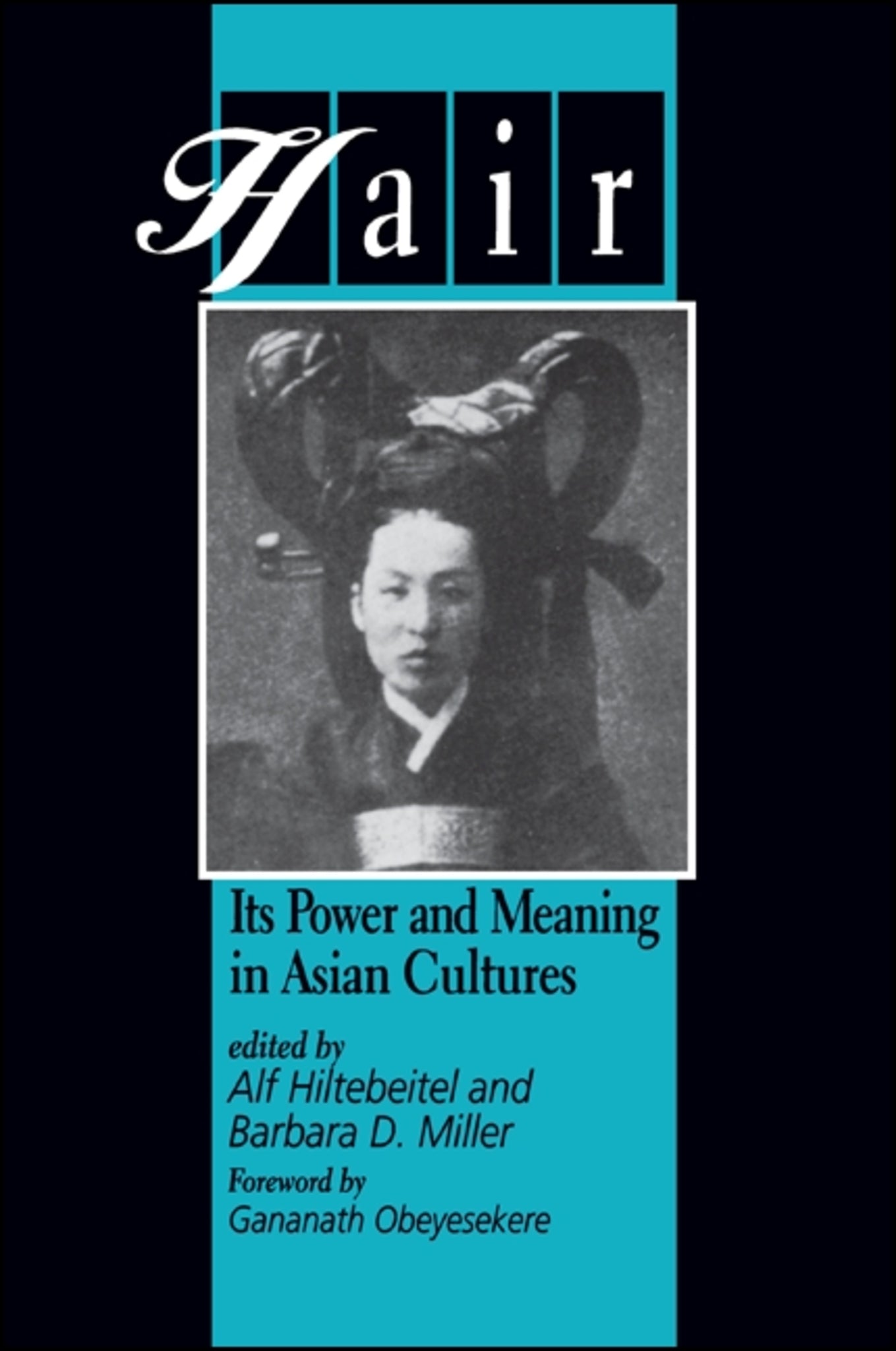We're sorry. An error has occurred
Please cancel or retry.
Hair

Some error occured while loading the Quick View. Please close the Quick View and try reloading the page.
Couldn't load pickup availability
- Format:
-
09 April 1998

An interdisciplinary exploration of the meanings of hair in Asia from classical times to contemporary contexts.
Hair-whether present or absent, restored or removed, abundant or scarce, long or short, bound or unbound, colored or natural-marks a person as clearly as speech, clothing, and smell. It defines a person's gender, sexual availability and desirability, age, social status, and even political stance. It may also act as a basis for discrimination in treatment by others. While hair's high salience as both sign and symbol extends cross-culturally through time, its denotations are far from universal. Hair is an interdisciplinary look at the meanings of hair, hairiness, and hairlessness in Asian cultures, from classical to contemporary contexts.
The contributors draw on a variety of literary, archaeological, religious, and ethnographic evidence. They examine scientific, medical, political, and popular cultural discourses. Topics covered include monastic communities and communities of fashion, hair codes and social conventions of rank, attitudes of enforcement and rebellion, and positions of privilege and destitution. Different interpretations include hair as a key aspect of female beauty, of virility, as obscene, as impure, and linked with other symbolic markers in bodily, social, political, and cosmological constructs.


"The topic of hair is significant, because it is a universally accessible point of entry into entire cultural systems. It is a wonderful way to get readers to think about themselves participating in a cultural system by merely turning disciplined attention to the everyday matter of what they do with their own hair. I like the book's rich and concrete detail regarding views of hair in various Asian cultures, and the differing attempts by the authors to understand those views. The authors provide a great deal of insight and unexpected ramifications in their chapters and their bibliographies are superb resources." — D. Dennis Hudson, Smith College
List of Illustrations
Foreword
Gananath Obeyesekere
Acknowledgments
1. Introduction: Hair Tropes
Alf Hiltebeitel
2. Hair and Society: Social Significance of Hair in South Asian Traditions
Patrick Olivelle
3. Hairy Barbarians, Furry Primates, and Wild Men: Medical Science and Cultural Representations of Hair in China
Frank Dikötter
4. "Long Black Hair Like a Seat Cushion": Hair Symbolism in Japanese Popular Religion
Gary L. Ebersole
5. Bound Hair and Confucianism in Korea
Sarah M. Nelson
6. Politics of the Queue: Agitation and Resistance in the Beginning and End of Qing China
Weikun Cheng
7. Hair Like Snakes and Mustached Brides: Crossed Gender in an Indian Folk Cult
Alf Hiltebeitel
8. Living Ghosts: Long-Haired Destitutes in Colonial Hong Kong
James L. Watson
9. Cutting the Fringes: Public Hair at the Margins of Japanese Censorship Laws
Anne Allison
10. Cuts and Culture in Kathmandu
Julia J. Thompson
11. The Disappearance of the Oiled Braid: Indian Adolescent Female Hairstyles in North America
Barbara D. Miller
12. Afterword: Hair Power
Barbara D. Miller
Contributors
Index



